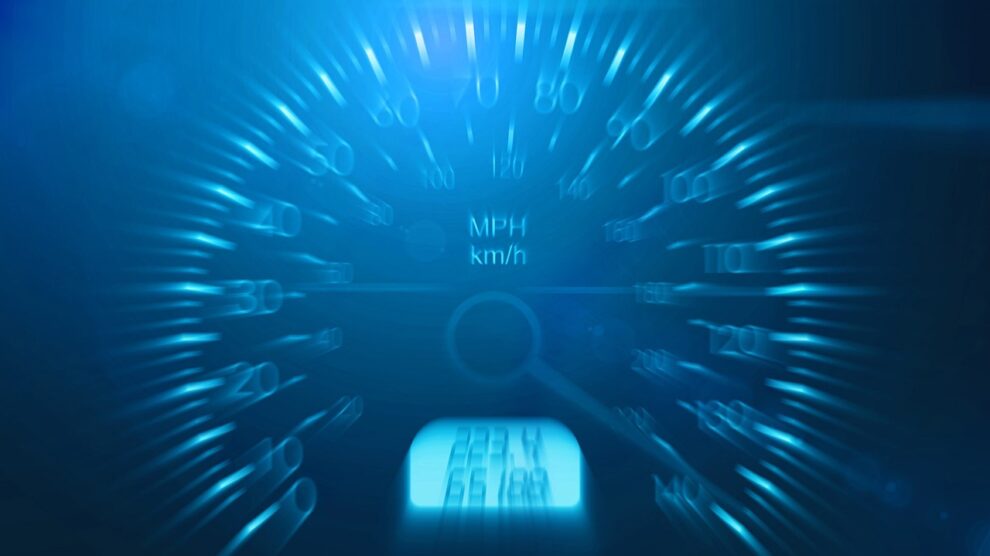On average, about 60% of a website are images. So even if there are other factors involved, image loading speed is a dominant influence of how fast your website loads.
But why is this important?
First, imagine that you wanted to go on a website, but you had to wait several minutes for it to load. You’d lose patience and move on to the next site. So speeding up your website is good for user retention and improved experience.
Also, how quickly your website loads matters for SEO. Website speed is a ranking factor and improving this feature will get you a better ranking for your website. This, in turn, will translate into more traffic.
So, How Do I Speed Up My Website?
1. Resize Images Before Using Them
All WordPress themes have a maximum width for displaying images. Typically, a width of 700-800px works for most WordPress themes. But, to be sure, check specifically for your website. If you go above the maximum, it will slow your website down.
This happens due to two reasons: your images’ files are larger than they should be. And your website will have to work to resize the images to display them. To solve this problem, make sure you resize images before using them.
2. Compress Images
Resizing your images is only half the work. You can take it up a notch and reduce the images’ files dimensions by compressing them. We can shrink sizes in two principal ways, with or without losing image quality.
Lossless compression will shrink your files with no quality loss. Lossy compression will reduce dimensions greatly but will compromise your image. Choose a method that will work well for your content.
There are plenty of online tools that can help you with this. But, if you’re using WordPress, there are plugins that can compress your images with no quality loss. One example is Smush, but there are many others you can try.
3. Content Delivery Networks
When somebody visits your website, they have to download all your files from your hosting data center. Physical distance still matters, even if it’s just a couple of seconds. A difference of a single second, over what is considered best practice, could cost you 10% in traffic.
So, if your user is from the other side of the globe, you should take that into consideration. But what can you do?
Using content delivery networks is a solution. You store your website’s files in multiple locations around the world. This way, no matter where your users are from, they will use the data center close to them, making loading faster.
4. Browser Caching
Browser caching technically tells your user’s browser to store some files on their personal computer. Without this, they have to download everything from scratch every time they go on your website. This means longer loading times.
If you enable this when a user comes back to your website, they will load the files from their device, instead of downloading them again. Because of this, your website will load significantly faster.
5. Image Optimization
Another thing you can do is to be sure you have the right image for your needs. While it would be tempting to use only high-quality images—you may not need them all the time, and they make your website unquestionably slower.
So what can you do?
First, the most commonly used image formats are JPG, PNG, and GIF, and they are suitable in different contexts. There is also a newer format, WebP, that seems to take the best from those three: it’s 30% smaller and supported on 75% of browsers.
6. Build for Mobile
About 60% of global traffic comes from mobile. However, even if our smartphones get better every day, the speed of mobile data is still significantly slower than broadband speeds. Having this in mind, if your website loads quickly on mobile, it will work perfectly on a computer as well.
It’s very important to have a WordPress website design suitable for mobile users. A good idea is to use responsive images.
You can provide the browser with various sizes for an image. This way, the browser decides which dimensions are best for the device used. So your website works as well as possible.
7. Load Fewer Resources
If you’ve taken lots of measures and your website is still slow, perhaps you should consider reducing the number of resources you’re trying to load. Having too many images on your website will slow it down, no matter their size.
One way to do this is through CSS elements; for example, creating buttons instead of using images.
Another solution is lazy loading. This means that you defer loading resources that aren’t needed immediately. Technically speaking, images that aren’t visible to the user can be loaded later, when they enter the field of view.
Remember This:
Loading speed defines the first moments of user experience. Have a slow website and you’re likely to lose visitors as well as potential customers. People want to find what they’re looking for quickly.
Additionally, having a smooth website is essential for SEO. It can help you rank higher—this translates to more traffic for your website.
There are many ways in which you can improve your loading time. Resizing, compression, and optimizing images is mandatory. But you can also use things like content delivery networks or browser caching to improve your stats. However, sometimes you might consider that less is more, and be careful not to use unnecessary resources that could slow you down.





